Injection molding is a processing method that involves the high-pressure injection of heated and melted plastic into a mold cavity by an injection molding machine. After cooling and solidification, a molded product is obtained. Plastic contract manufacturing services rely on these injection molds to deliver high-quality OEM parts to customers.
Importance of Mold Accuracy
For effective plastic OEM services, the accuracy of mold processing is crucial. If the mold processing accuracy is insufficient, it can lead to excessive mold gaps. During production, improper use may cause the mold gap to misalign or become too large, resulting in uneven distribution of injection pressure across the panel surface. This can significantly reduce the yield of the panels produced.
Additionally, once the injection molding process is complete, products may be challenging to eject if the mold design is not optimized. Often, the products do not cool adequately during production, leading to extended waiting times for natural cooling, which ultimately decreases production efficiency. The high temperatures of both the product and the mold can also pose safety risks to operators.
Components of Injection Molds
A well-designed injection mold consists of several key components:
– Top Plate: Positioned above the upper mold to support the structure.
– Upper Mold: Contains the injection pipe for introducing molten plastic.
– Guide Pin Sleeve and Guide Pin: Ensure proper alignment between the upper and lower molds.
– Lower Mold: Positioned on the base and contains the cavity for shaping the product.
– Guide Plate: Located on the guide column to facilitate smooth operation.
– Fixed Plate: Positioned above the base and below the guide plate to stabilize the assembly.
– Push Rods and Springs: Assist in the ejection of products from the mold.
– Cavity: Formed by the gap between the upper and lower mold cores, where the product takes shape.
– Cooling Pipes: Installed in both the upper and lower molds to regulate temperature during the injection process.
– Liquid Inlets and Outlets: Corresponding to the cooling pipes, these facilitate the flow of cooling fluids.
In summary, the injection molding process is a critical aspect of plastic contract manufacturing company, requiring precise mold design and construction to ensure efficiency and product quality. By utilizing high-quality injection molds and maintaining proper operational protocols, manufacturers can enhance production efficiency and ensure the safety of their operators.

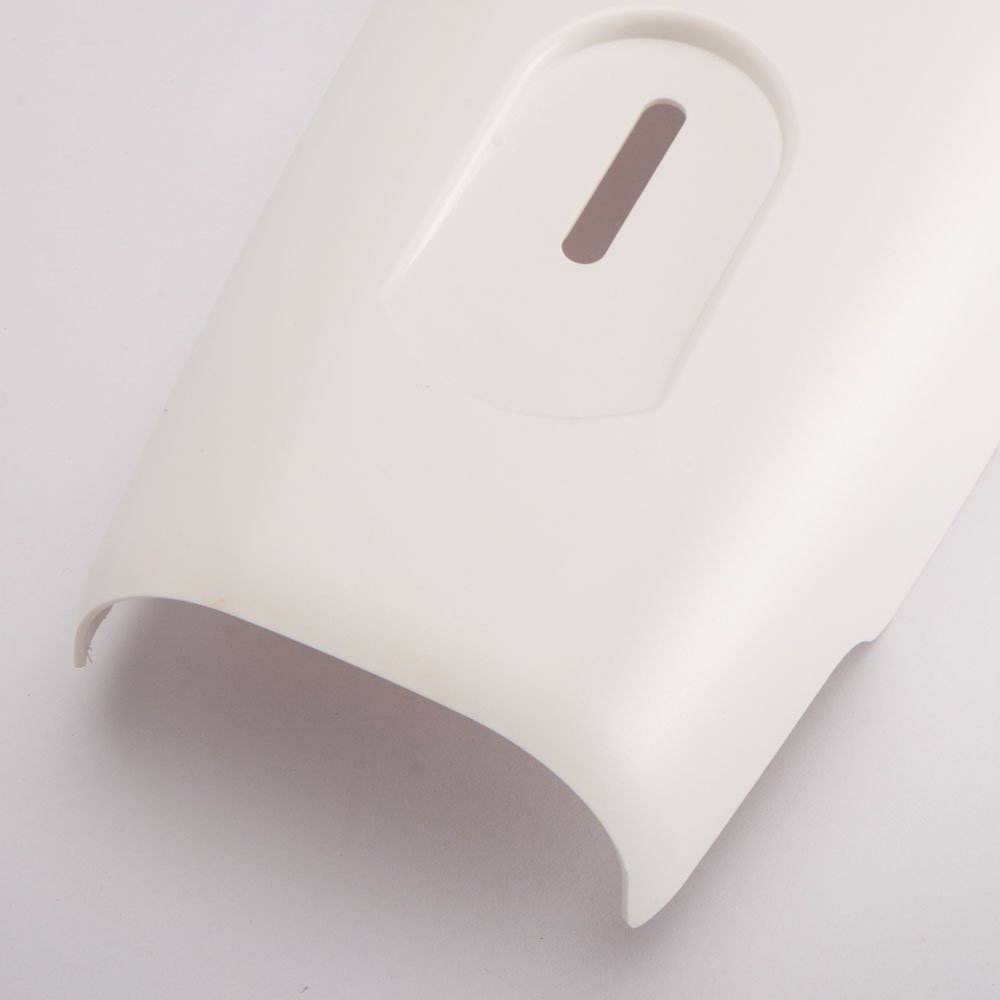
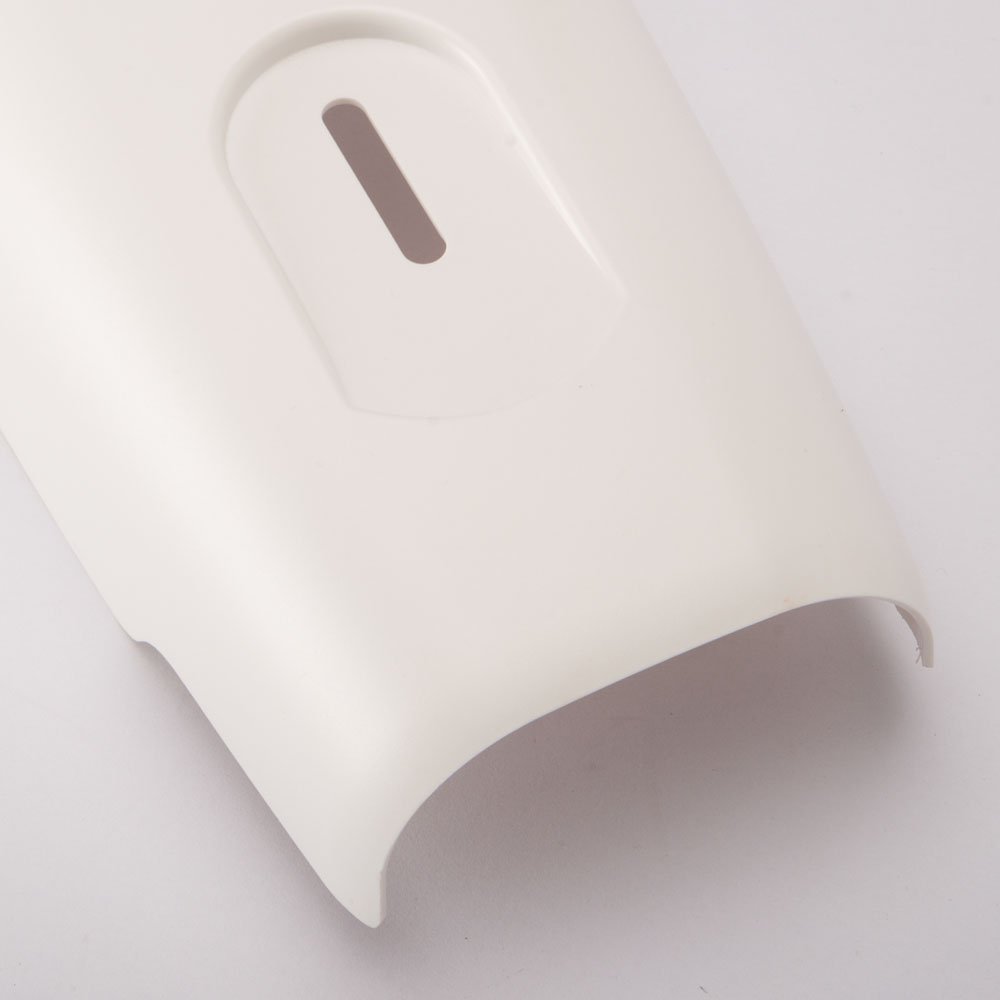
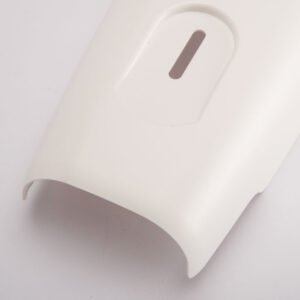
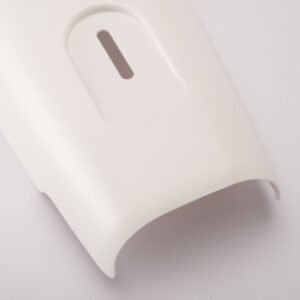



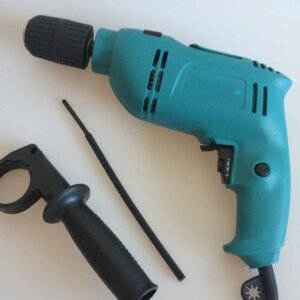


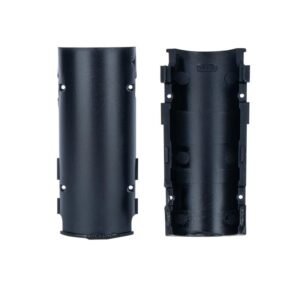




Reviews
There are no reviews yet.